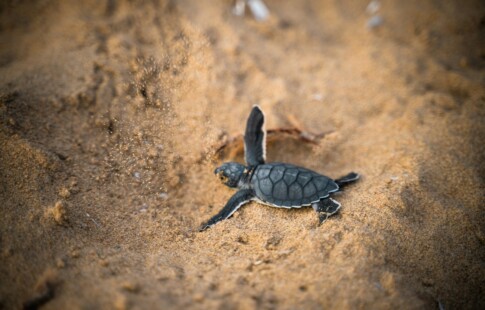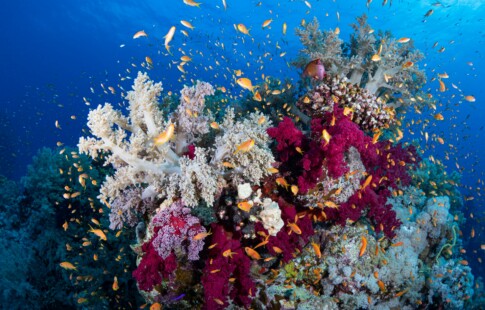
New Technology Helping Save Wildlife
We are reader-supported. When you buy through links on our site, we may earn affiliate commission.
If you read technology news even on an occasional basis, you’re probably accustomed to reading about chatbots, big data and cloud computing, but news stories about technology helping save wildlife are usually not as prominent. Even so, exciting things are happening to protect our planet’s worthy — but often endangered — creatures.
Advanced Cameras to Track Natural Behaviors
Scientists realize that one of the key factors of understanding extinction is knowing how animals behave in the wild. Then, they can determine if animals are living in ways that make their eventual demise more likely to happen sooner.
To broaden their knowledge, researchers often set up cameras and let them record what animals do. This technique is also known as camera trapping, and it relieves people from having to sit still for hours, hoping the animals will come out.
Today’s recording equipment is significantly more advanced than what was available in the past. For example, modern batteries can keep the cameras operating day and night for months.
Also, some cameras transmit images to scientists on other continents via satellite. The satellite transmissions are an important part of the technology helping save wildlife because they eliminate problems caused by areas of poor mobile phone reception.
Depending on Drones and Artificial Intelligence to Stop Poaching
Unfortunately, humans often contribute to the dangers animals face every day. Poaching is a particularly troubling problem throughout Africa for the elephant and rhino populations. Numerous organizations have experimented with using drones to catch poachers, but The Lindbergh Foundation is going even further to work with new technology helping save wildlife.
It depends on artificial intelligence (AI) to help reduce false alarms and look through collective footage faster. Engineers from Neurala, a deep-learning specialty company, taught the AI to recognize rhinos, elephants and poachers. That acquired knowledge allows the technology to look through real-time footage sent from the drones, including infrared video material captured at night.
Cloning Wildlife to Preserve Biodiversity
Decades ago, Dolly the sheep made headlines as the first cloned animal. Then, people began wondering if cloning in this manner might emerge as a new technology helping save wildlife.
Sadly, Dolly died in 2003 and only lived about half as long as her species usually does. Scientists did not find evidence that cloning contributed to Dolly’s death, but the fact remains that there are many challenges associated with genetics and the risks may outweigh benefits.
Despite that reality, there are efforts to clone endangered or extinct species. People are hopeful that although this practice is probably not a long-term solution to maintain a healthy level of biodiversity, it may offer much-needed short-term assistance while biologists and other wildlife explore more feasible possibilities
Using Circuit Boards to Protect Bees
Over the last couple of years, people have gained a heightened awareness of how beneficial bees are to our environment and that the numbers of them are rapidly dwindling. There are various theories about why that’s happening, but one of the most common among them is that Varroa destructor mites are wreaking havoc for the bees.
A company called Gemalto has created a small circuit board that goes directly inside the bees’ hives. It has 32 sensors that can tell when the Varroa destructor mites enter a hive and lay eggs.
After the circuit board detects a likely case of mite intrusion, it sends the information to a corresponding app. The specialized application can change the temperature of the hive to destroy the mites without pesticides and not harm the bees.
As you can see from these forward-thinking and inspiring examples, there are some significant instances of technology helping save wildlife. It’ll be interesting to see how the techniques outlined here evolve and result in even better strategies for keeping the Earth’s non-human inhabitants safer.
Share on
Like what you read? Join other Environment.co readers!
Get the latest updates on our planet by subscribing to the Environment.co newsletter!
About the author

Jane Marsh
Starting from an early age, Jane Marsh loved all animals and became a budding environmentalist. Now, Jane works as the Editor-in-Chief of Environment.co where she covers topics related to climate policy, renewable energy, the food industry, and more.





